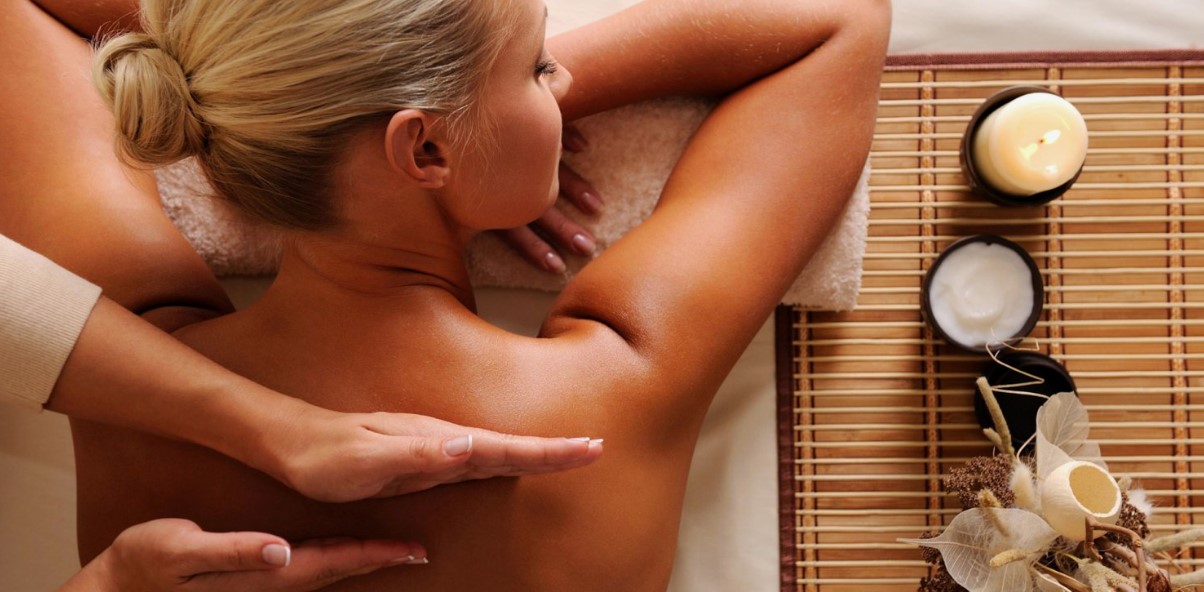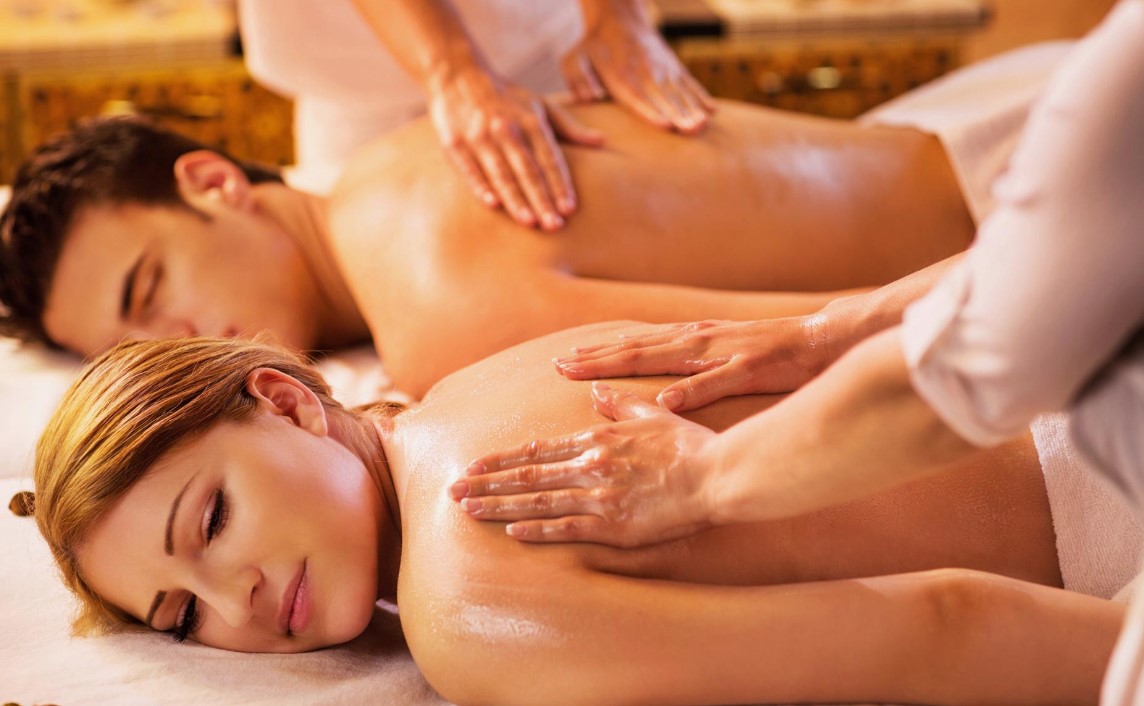Massage is a widely recognized therapeutic method involving techniques that exert mechanical and reflexive actions on tissues and organs. This practice is not only utilized for medical and rehabilitation purposes. Still, it is also highly recommended for healthy individuals for various reasons, such as preventing diseases, boosting immunity, and enhancing the muscular system. One popular type of massage is the Swedish massage, known for its gentle, relaxing techniques that improve circulation and promote overall well-being.
General Benefits of Massage
Muscle Relaxation and Flexibility
Massage is pivotal in muscle relaxation, returning flexibility, mobility, and elasticity to tissues, and alleviating fatigue. This relaxation effect also improves skin quality, normalizes the activity of sebaceous glands, makes the skin more elastic and supple, and prevents the formation of wrinkles.
Immunity and Disease Prevention
Regular massage sessions can significantly improve overall health by enhancing the immune system and preventing various ailments. This preventative approach ensures the body remains resilient against diseases and infections. By promoting better circulation, massage helps deliver oxygen and nutrients to cells more efficiently, removing metabolic waste products.
Stress Relief and Mental Well-being
Massage is well-known for its stress-relieving properties. It helps lower cortisol levels, associated with stress while boosting the production of serotonin and dopamine, the body’s natural mood elevators. This dual action helps to promote mental well-being and reduce symptoms of anxiety and depression.

Swedish Massage: Origins and Philosophy
Historical Background
Swedish massage, one of the most beneficial forms, traces its origins back to Per Henrik Ling (1776-1831). Ling, who suffered from rheumatism in his youth, developed a unique system of exercises and massage techniques that not only cured him but also laid the foundation for what we now know as Swedish massage. His work in developing this technique was influenced by his studies in anatomy, physiology, and various physical exercises.
Ling’s Philosophy
Ling’s approach was rooted in the human body balance theory and incorporated elements of Eastern philosophy. He was among the pioneering scientists who recognized that the human body operates as an integrated whole. Consequently, he proposed that systematic massage and gymnastics could enhance overall health and treat various conditions affecting muscles, joints, and internal organs.
Unique Features of Swedish Massage
Gradual Tissue Heating
Swedish massage begins with lighter techniques designed to warm up the tissues gradually. This preparatory phase ensures that deeper massage techniques are effective and comfortable. Gradual heating of the tissues allows for better blood flow, reducing the risk of injury and providing a more comfortable experience for the recipient.
Muscle Relaxation and Flexibility
Techniques such as petrissage and kneading are central to Swedish massage, which aims to relax tense muscles and reduce muscle tone. Additionally, this massage helps improve the flexibility of joints and muscles, particularly after relaxation and stretching. These techniques promote the breakdown of adhesions in muscle fibers and fascia, improving overall muscle function and flexibility.
General Relaxation and Stress Relief
Swedish massage also targets overall relaxation and enhances the patient’s general well-being. This holistic approach effectively relieves stress and tension, making it a popular choice for those seeking mental and emotional relaxation. The rhythmic and flowing movements used in Swedish massage help to soothe the nervous system, promoting a state of calm and relaxation.

Techniques of Swedish Massage
Swedish massage employs a combination of soft, long, kneading movements and light rhythmic tapping on the upper muscle layers. This includes passive movements of the limbs, which add to the therapeutic effect. The four most common techniques are:
Effleurage
Smooth, gliding movements aimed at completely relaxing the soft tissues. These movements are typically performed with the palms of the hands, fingers, and thumbs, which help warm the muscles, increase blood circulation, and prepare the body for deeper massage techniques.
Petrissage
Squeezing and kneading movements may alternate with light blows to alleviate muscle tension. This technique targets deeper muscle layers and helps to release stress and tightness by stretching and compressing muscle tissue.
Friction
Deep, circular rubbing movements activate blood flow and help remove scar tissue. Friction techniques are particularly effective at breaking down adhesions and scar tissue, improving muscle flexibility, and enhancing the overall function of the muscles.
Tapotement
Short, alternating tapping with folded palms and fingers stimulates and invigorates muscles. This technique helps increase muscle tone and circulation and is often used towards the end of a massage session to wake up the muscles and leave the recipient feeling energized.
Indications for Swedish Massage
Swedish massage is indicated for a variety of conditions, including:
Stress
It helps alleviate mental and emotional stress. Regular sessions can lower stress hormone levels and induce relaxation.
Poor Circulation
Enhances blood flow, ensuring better oxygenation of tissues. Improved circulation can help to alleviate conditions such as edema and varicose veins.
Depression
It promotes a sense of well-being and relaxation. An increase in serotonin and dopamine levels can help improve mood and reduce symptoms of depression.
Cellulite and Excess Weight
Massage improves skin texture and supports weight management. It can also help break down fat deposits and improve lymphatic drainage.
Psychosomatic Disorders
Addresses physical symptoms caused by mental stress. Conditions such as tension headaches, irritable bowel syndrome, and chronic pain can be alleviated through regular massage therapy.
Aging Skin
Improves skin elasticity and appearance. Massage stimulates collagen production and improves skin tone, reducing the appearance of wrinkles and fine lines.

Migraines
Reduces headache frequency and intensity. Regular massage can help to reduce the occurrence of migraines by alleviating muscle tension and improving circulation.
Muscle Pain and Spasms
It relieves muscle tension and pain. Techniques such as petrissage and friction help release tight muscles and alleviate pain.
Recovery from Injuries
Accelerates healing and recovery processes. Massage therapy can help reduce inflammation, improve range of motion, and speed up recovery.
Joint Diseases
Alleviates symptoms of arthritis, arthrosis, and other joint conditions. Massage can help to reduce pain and stiffness, improve joint mobility, and enhance overall function.
Contraindications for Swedish Massage
- While beneficial, Swedish massage is not suitable for everyone. Contraindications include:
- Skin Injuries: Burns, scratches, fresh wounds. Massage can exacerbate these conditions and delay healing.
- Thrombophlebitis and Thrombosis: Risk of worsening the condition. Massage can dislodge blood clots and cause serious complications.
- Fever: Elevated body temperature. Massage can increase body temperature further and worsen the condition.
- Hypertension: High blood pressure. Massage can increase blood flow and raise blood pressure, posing a risk for individuals with hypertension.
- Varicose Veins: Massage can exacerbate the condition. It increases blood flow and pressure in the veins, worsening varicose veins.
- Cancer: Requires special medical approval. Massage can spread cancer cells through the lymphatic system, so it should only be performed with a doctor’s consent.
- Blood Disorders: Conditions like hemophilia. Massage can cause bruising and bleeding in individuals with blood clotting disorders.

Benefits of Swedish Massage
Swedish massage can lead to numerous health benefits, such as:
Increased Muscle Elasticity
Enhances performance and reduces injury risk. Improved elasticity helps muscles to stretch and contract more efficiently, reducing the risk of strains and injuries.
Improved Recovery
Massage promotes rapid healing and recovery from wounds and injuries. It increases blood flow to injured areas, bringing nutrients and oxygen to support the healing process.
Enhanced Joint Mobility
Increases joint flexibility and activity. Massage helps to break down adhesions and scar tissue, improving range of motion and joint function.
Boosted Blood Flow
Ensures better oxygen and nutrient supply to tissues. Improved circulation helps to nourish tissues and remove waste products, enhancing overall health.
Toxin Removal
Massage aids in the elimination of metabolic waste products. It stimulates the lymphatic system, helping to remove toxins and reduce swelling.
Reduced Swelling and Spasms
Massage alleviates swelling and muscle spasms. It helps to reduce inflammation and muscle tightness, promoting relaxation and pain relief.
Emotional Relaxation
Massage eases tension following stressful situations. Regular massage sessions help lower stress hormone levels and induce a state of relaxation.
Post-Massage Sensations
The sensations following a Swedish massage can vary based on individual body characteristics. Generally, sessions are accompanied by pleasant tactile sensations and an overall feeling of relaxation and well-being. Some individuals may experience mild soreness or fatigue after a deep massage, which typically resolves within a day or two.
Swedish massage stands out as a comprehensive and highly effective therapeutic method. Its well-rounded approach to muscle relaxation, stress relief, and overall health improvement makes it a preferred choice for many seeking physical and mental rejuvenation. Regular Swedish massage sessions can contribute to a healthier, more balanced lifestyle, offering many benefits for the body and mind.